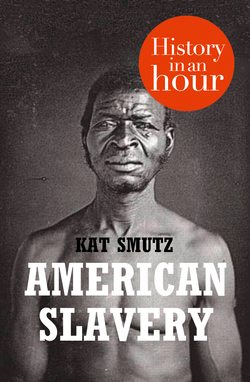Читать книгу American Slavery: History in an Hour - Kat Smutz, Kat Smutz - Страница 9
ОглавлениеWelcome to the New World
On average, approximately 15 per cent of African captives did not survive the Atlantic crossing to the New World. Those who did were taken to slave markets in major ports such as Chesapeake Bay in the north, Charleston in the colony of South Carolina, Savannah on the coast of William Penn’s Georgia colony, and to New Orleans in Louisiana.
In terms of agriculture, the cultivation of tobacco was proving very profitable and becoming an increasingly popular indulgence, particularly in Britain. Rice, which grew in the southern colonies of the New World, also spurred the slave trade. Like tobacco, it was labour intensive, but not enough Englishmen could be convinced to migrate to the colonies in order to provide an adequate workforce. As the cultivation of tobacco and other forms of lucrative agriculture increased, the demand for slave labour grew along with it.
But the Southern colonies were not the only region of British North America that found slave labour to be beneficial to commerce. In the late seventeenth century, the city of Boston in the Massachusetts Bay Colony was one of the major ports for slave trade.
Slave Auction Poster, by John Addison, printer, Government Office, East India Company, St Helena
The humanity of slaves sold in the slave markets was usually disregarded both by sellers and buyers. They were seen as property, an investment, the same as a piece of equipment or livestock. Buyers were usually permitted to inspect a slave as closely and as intimately as he or she deemed necessary to assure themselves that the slave was healthy and physically fit for whatever duties the prospective buyer might have in mind. It was not unusual for a slave to be stripped naked for a buyer to examine them for scars that might indicate past whippings, which meant a slave was potentially a problem. They also looked for physical defects, illnesses and injuries that devalued a slave.
Slave owners usually looked for slaves with particular physical traits for particular jobs. Physically-fit men and women with darker complexions and coarse features were put to work in the fields. Lighter-skinned slaves with more delicate features might be fortunate enough to be used as house slaves. A slave with special skills such as cooking, blacksmithing, carpentry, sewing or animal husbandry were always of more value. Young women with lighter complexions and fine features sometimes found themselves the unwilling mistresses of owners, other male members of the family, or even neighbours. Some were sold into prostitution.
